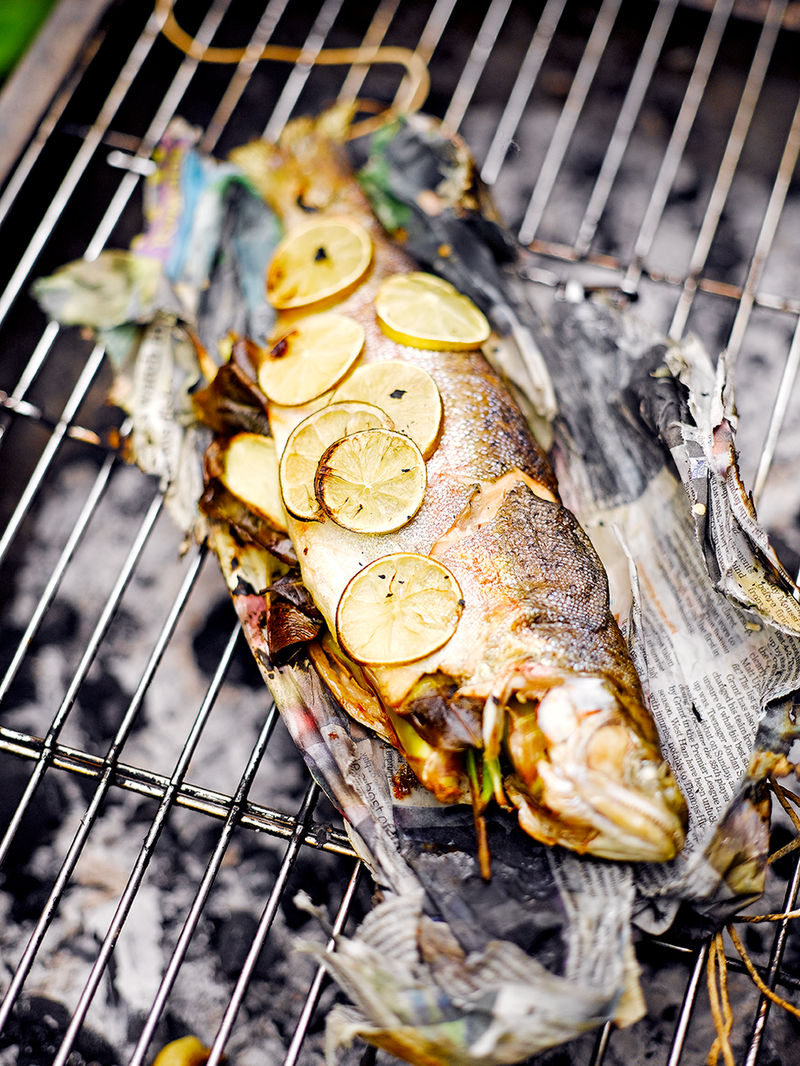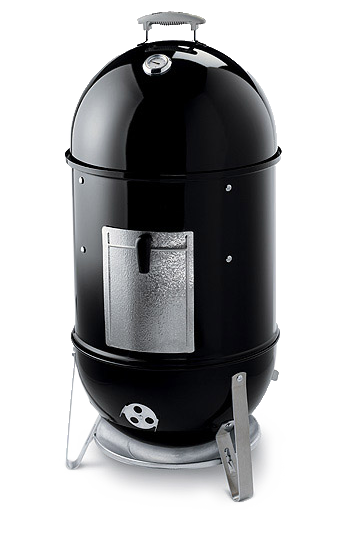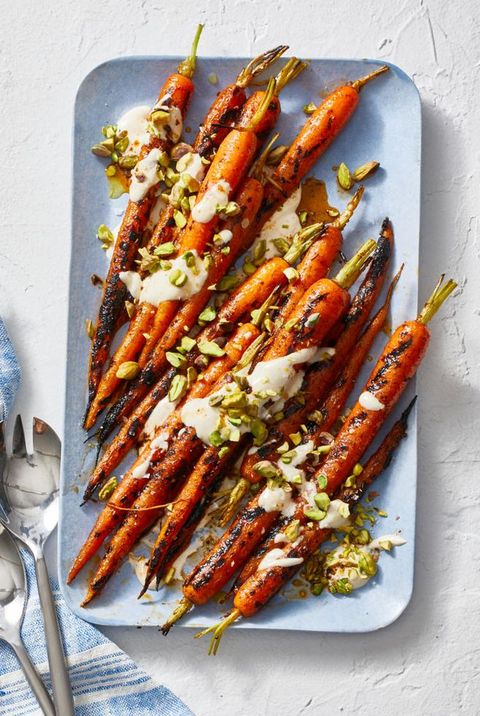
If you've ever wondered how to apply dry rub, read this article for some tips. For a uniform coat, you should rub the spice mixture onto the meat with your hands. If you are preparing meat that has skin, rub the rub under the skin and along the edges. This will enhance the flavor of your meat. Before applying the dry rub, you need to be familiar with these ingredients.
Prior to rubbing, moisten meat
Make sure to moisten your meat before you apply a dry rubbed. This will make it tender and juicy. Salt can enhance the flavor of meat by allowing it to penetrate the meat, and then flavor it from the inside. Salt can also enhance flavors and aromas. This is why salt should be included in any dry rub recipe. Salt is usually added in a 1:1 ratio to the meat.
You should apply the dry rub liberally to all sides. When you have thick cuts of meat, be sure to season both the sides and the main body. Then, use the opposite hand to rub the seasonings into the meat. The rubbing motion is important because you want the seasonings to penetrate into the meat. After applying the dry rub, you can either grill it immediately or wait 30 minutes before applying another coat.
Dry rub the meat thoroughly with a moist cloth. This will help dry rub adhere better to meat. After it is completely dry you can wrap it tightly with plastic wrap and let it rest for at the least one hour. Before applying a dry-rubbed rub, ensure that the meat is properly marinated. This will prevent bacteria growth and ensure that dry rub does not become stale.
Important to note that marinades are not just for flavoring your meat. You can tenderize your meat with marinades, thanks to enzymes. Adding liquids to a dry rub will not change its flavor, but will help to make it adhere to meat with a smooth surface. You might marinate your meat at least a couple hours before using dry rub. This will allow it to soak overnight.
Another way to prepare a dry rub is to moisten it. Dry rubs often use brown sugar as a base. This sugar forms a good glue for the meat because it is slightly moist. Another good option is maple or turbinado. It is important to be cautious with this type sugar, as it can burn very quickly. You can also combine them both. Your rub should be suitable for the kind of meat that you're using.

After your meat has been marinated, add a second layer with rub. This is an excellent way to add flavor. Make sure to rub the rub well so it sticks to meat. You can mix your own rubs or use pre-made commercial rubs to make your customized rub. It all depends on where it is found. According to science, a tablespoon per pound of meat is the recommended amount. However, it's important to experiment and figure out what works best for you.
Before you rub with dry crumbs, sprinkle sugar or paprika on the surface
You can add spice to your ribs by simply sprinkling sugar or paprika on top. Then, sprinkle with smoked paprika. There are many types of paprika available, but it is important to choose the one with the highest heat. You can also buy paprika with no label if you're unsure. This type paprika won’t add as much flavor to your food as the labeled.
It is simple to make a homemade dry rub and it can be stored for use in the last-minute. It combines savory spices with dark brown sugar, which will promote browning. This combination is sweet and savory, which will enhance the flavor in any meat. For an extra touch of flavor, you can mix your own blend with your favorite herbs. The more you try, the more you will love it!
Apply a dry rub to meat before you apply it. You should apply the rub to about one-and-a half pounds of meat. Rub the rub on the meat generously and massage in to get the best results. You can use a dry rub for chicken, pork rib, or ice cream sandwich coatings. The amount of the rub you use will depend on how the meat is cooked.
Groceries can sell commercial rubs. Some are highly popular and have loyal fans. Commercial rubs often start with a base of salt. Salt is inexpensive and adds bulk. However, paprika is the best spice for meat. The best way to change the flavor of your meat ribs is by creating your own rub. If you do not want to spend a lot of money on an expensive commercial rub, try mixing it yourself.
Dry rubs use herbs and spices to enhance the natural flavor of meat. If you combine the right spices and herbs, even cheap cuts of meat can taste like a million-dollar steak. Dry rubs may contain various kinds of salt (or sugar), chili peppers (or garlic powder), mustard powder (or other herbs or spices). These rubs are simple to make and store, and they will give your meat a delicious taste.
Dry rub is different to dry brining as it doesn’t require you do so ahead of time. Dry rubbing meats with dry rub should be done before they are cooked. This method can make your meat too soft or mushy, and while it may be convenient, it can cause overly soft or mushy meat. However, most people prefer to massage the dry rub right before grilling.
Signature ingredients in dry rubs
A few key factors should be considered when preparing your own dry rub. After nine months, spices and herbs often lose their flavor and aroma. Coffee grinders are a great way to enhance the flavor of freshly ground spices and herbs. Your dry rub will retain its flavor if you don't mix it right before use. Although you can make it ahead of your meal and then use it immediately, it's best to do it before serving.

There are many rubs to choose from. The first is the savoury. Its main ingredients are spices such as dry mustard, onion powder and garlic powder. It can also be spiced with red chili flakes and dried chilli pole, which makes it even more hot. It can be used on meat as well, but it can also be used for vegetables and inedible objects like fish.
Dry rubs are made with a mix of herbs and spices that are applied to meat before it is cooked. Different types of rubs can be made with different spices. They also have different amounts. For example, a barbecue rub has coarse salt, black pepper and paprika. While a Jamaican Jerk mix includes allspice (nutmeg), ginger, cayenne pepper, and allspice. You can add a little dried rice to make a rich, flavorful rub.
Dry rubs should always be stored in an airtight sealed container. It can be used immediately or stored in a container for up to a week. You can mix the ingredients and spread it on a parchment lined baking sheet. The meat will absorb the flavor of the dry rub and will taste amazing! Allow the dry rub to set for at least one night.
Dry rubs are an excellent way to add flavor to your meat without adding additional sauces. Dry rub recipes can be made in a matter of minutes and will have your meat flavored without the use of sauces. They can also be prepared in a matter of minutes and mixed right before eating. Either make the dry rub yourself or buy the ingredients from a bag to mix and apply to the meat. The dry rub can be frozen after being made.
Salt is an important aspect of making your own rub. Salt is an important ingredient in most rubs. However it is not easy to remove it. Because many rub manufacturers don’t have a solid understanding of the science behind salt removal they won’t make a salt-free version. Separate the salt from the rub when making them. This will allow you to have greater control over how the oil is applied and prevent the salt from interfering in the cooking process.
FAQ
What are the basic skills of cooking?
Basic cooking skills include reading recipes, measuring ingredients, cooking safely and cleaning up afterwards. These are the essential skills you will need to be able cook for yourself. Cooking can be a great way of saving money, as you don't need to go out to eat all the time.
How much does a culinary school cost?
Costs for culinary school vary depending on where you live, how long you study and which program you choose. The average tuition cost is $10,000-$30,000 annually. The average student graduates with $20,000 in debt. However, some programs offer scholarships, grants, and work-study opportunities.
How Can I Get Hired As a Cook?
Through word-of-mouth, you can find a job to be a chef. A friend or family member might know of an open restaurant that is in desperate need of staff. There are often openings posted on websites and bulletin boards.
Statistics
- According to the BLS, chefs earn $58,740 a year. (learnhowtobecome.org)
- The median pay for a chef or head cook is $53,380 per year or $25.66/hour, according to the U.S. Bureau of Labor Statistics (BLS). (learnhowtobecome.org)
- In the United States, the category is estimated at $23.2 billion annually and is growing faster than the market. (washingtonpost.com)
External Links
How To
How to cook a steak
The thickness of the meat determines the best cooking method. Thicker steaks can be cooked on a low heat. Thicker steaks need to be cooked at higher temperatures.
You should also ensure you don't overcook them because they'll lose flavor. Remember to take your steak out of the oven when it's done. You won't burn.
Cooking times will vary depending on how large the steak is and what degree of doneness you desire. These are some guidelines:
Medium Rare: Cook to medium rare. This means that the internal temperature should reach 145degF (63degC). This will take between 3 to 5 minutes per side.
Medium: Cook the meat until it reaches 160°F (71°C). This usually takes about 6 minutes per side.
You are done when the internal temperatures reach 180°F (82°C). This can take between 8-12 minutes per side.